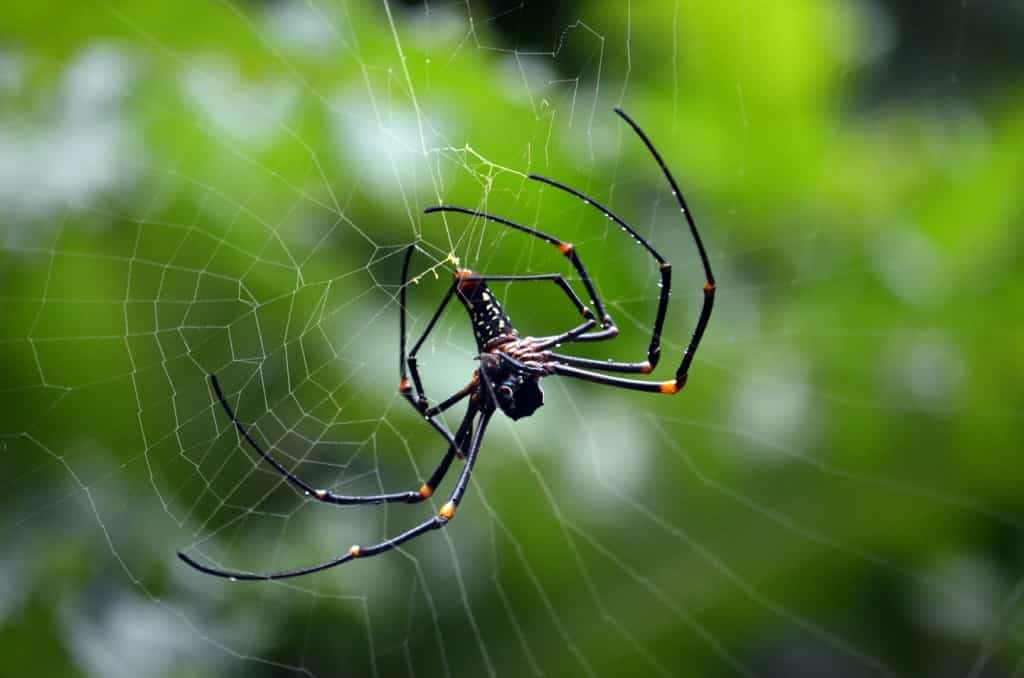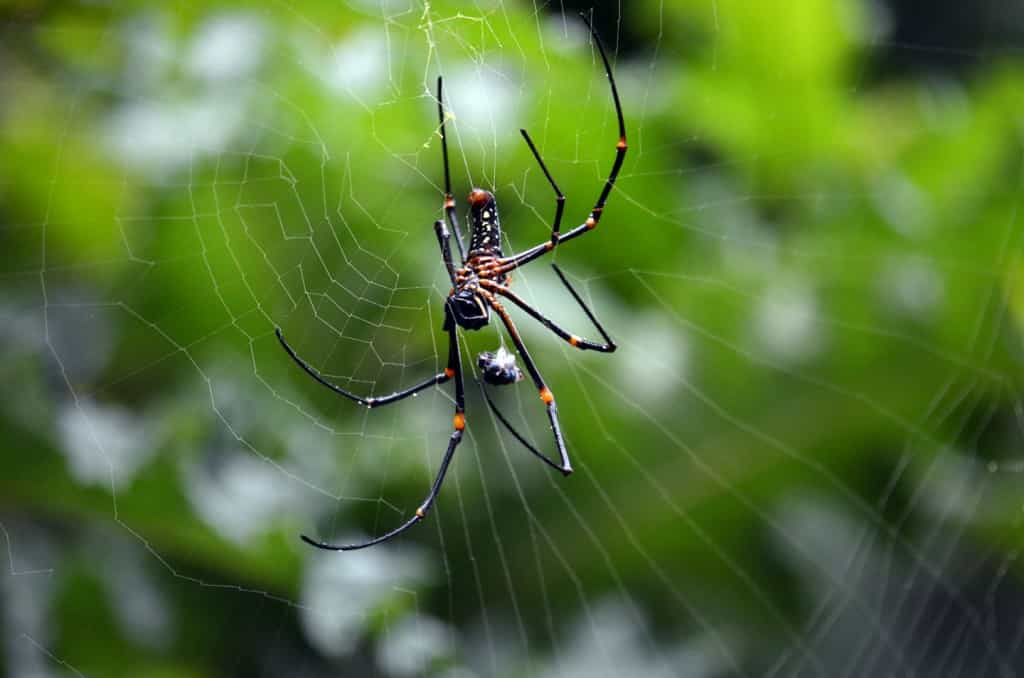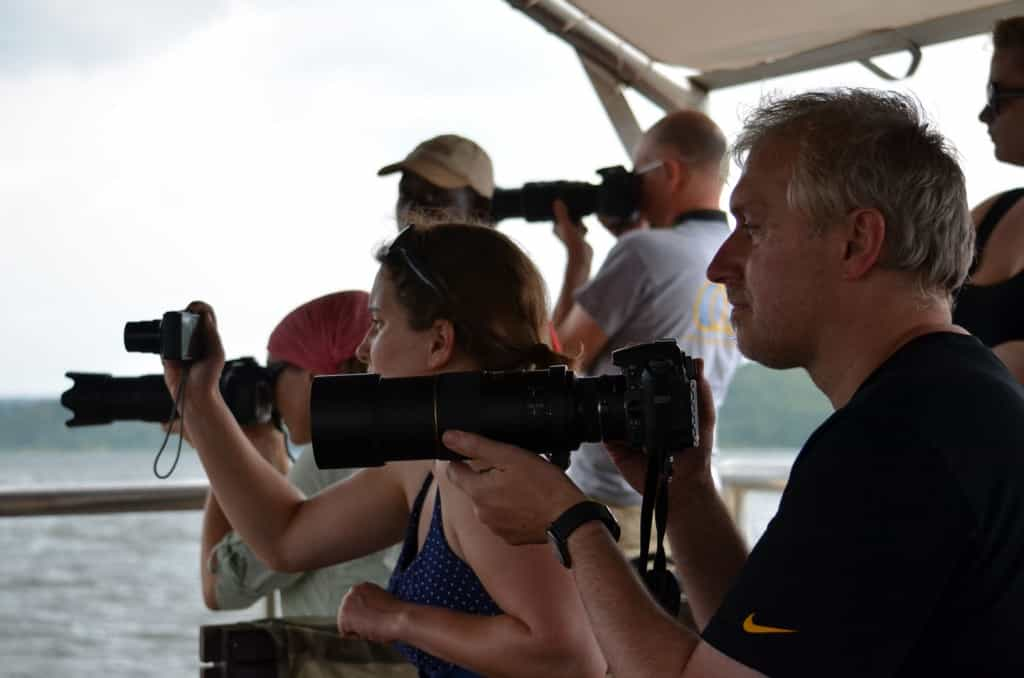Sometimes when I travel in Africa, people ask me if I saw or came in contact with some of the terrible creatures that haunt their nightmares. I usually don’t.
But this time I did! You can’t really appreciate the size of this monster on the picture, but if you zoom, you can see the wing of a fly sticking out of its mouth.
As spiders do, it wrapped the fly and let it get digested from the inside. From the size of the fly, you can see that the spider is roughly as wide as a tennis ball.
The other bugs that are quite present in Uganda are the ants; these flying kind, and also the nasty fire ants.
I don’t usually anthropomorphize birds, but I thought this one looked very happy when it captured the flying ant.
But a second later, it looked very angry. Perhaps they don’t taste as good as they look!
Anyway, the presence of fire ants resulted in a strange revival of the Tintin pant fashion. Trust me, after getting bitten behind the knee by a fire ant under my pants, I didn’t care how silly I would look.
The African Fish Eagle. Not nearly as good a shot as what I captured last year on the Zambezi River. That’s because on the Zambezi, I was in a canoe, while this tour was on a big pontoon boat with two outboard motors. We didn’t get anywhere as close to the animals as you can in a canoe, so bird pictures become quite difficult.
Unless you are these guys and come with telescopes!
Much easier to photograph are the rhinos. They mainly eat at night and lie in the shade all day. These are white rhinos, reintroduced in the Ziwa Sanctuary after going extinct in Uganda in 1983.
They are quite used to the presence of humans, as rangers keep an eye on them all year round. This makes them very easy to spot, even though they are wild animals. Basically, the guide calls the ranger who hangs around close to them, asks where they are, and then takes us there. The rangers keep visitors at a safe distance and know when the animals get upset. Still, it was quite special to be so close to a group of rhinos, on foot, without fencing or refuge of any kind, knowing that an upset 2,500 kg rhino can charge at 45 km/h.
These cows must give the rhinos horn envy.
Karuma Falls.
1/8s exposure, for those with the technical interest.
Many animals roll around in mud to create a coating which protects them from the heat and from the bite of certain insects. Elephants do it by throwing the mud on themselves.
Not forgetting the sides.
We saw a medium sized crocodile.
But after the rains came, we saw nothing, as the animals, like us, found a place to hide.
Murchinson Falls.
 I badly need a haircut, but I fear the local barbers a little. Men in this part of the world have two kind of haircuts: completely shaved off or, if you are really cool, shaved off with designs in it!
I badly need a haircut, but I fear the local barbers a little. Men in this part of the world have two kind of haircuts: completely shaved off or, if you are really cool, shaved off with designs in it!

Finally, my safari/nature tour ended with a chimpanzee tracking morning. I have to say that my interest in apes in not that great, which is why I did not consider paying the $500 (Uganda) or $750 (Rwanda) permit to see the Mountain Gorillas. The chimps were hard to see and a little boring because of the rains the day and night before. They do not sleep well when it rains, leaving them very tired, inactive and silent the next day. They also dislike the wet ground and climb to the highest branches so the Sun helps them dry off. That makes them even harder to see. Only this young one took some interest in us.
The main activity of the tour of the region was a morning game drive in Murchison Falls National Park. It deserves its own blog entry, perhaps tomorrow.
#Uganda






















